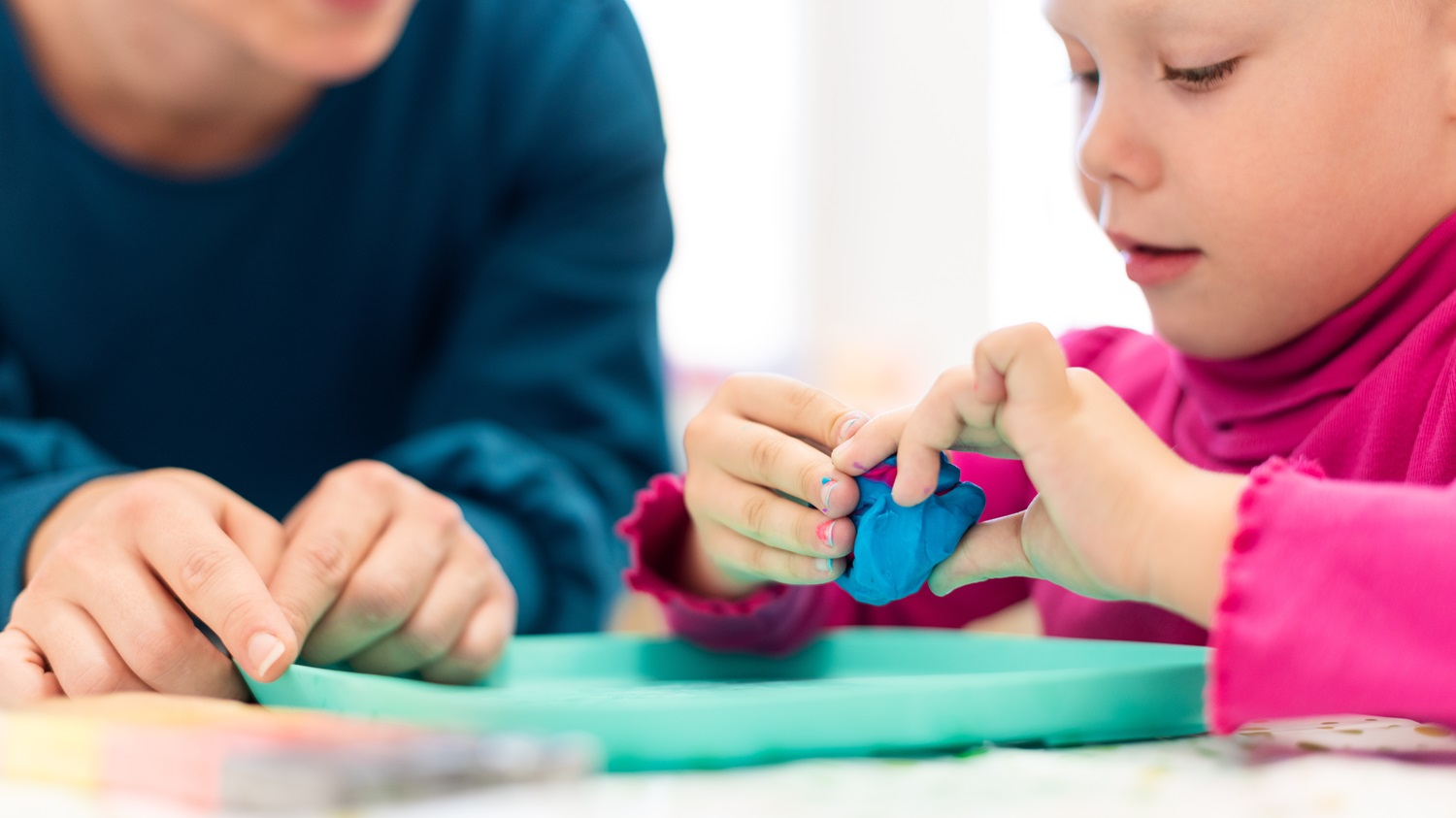One thing I run into a lot with parents is the challenge of supporting their children in expressing their emotions. Not only is it difficult to navigate helping someone else to understand and express their feelings, it is even more difficult to do when the parent also struggles to express themselves appropriately. First of all, counseling is a fantastic tool for kids to not only learn about emotions but also express them. Also, it helps with increasing communication and gives everyone the tools to be successful. If counseling is already in the mix or is not an option, here are some tools to help improve the communication and emotional expression of everyone in the family.
First, create a space for the kiddo to feel safe/comfortable talking about what they are feeling. If they get yelled at for expressing themselves, they will shut down more and stop sharing their feelings. If they shut down and hold their emotions in, those feelings will start to come out in weird and different ways. The feelings could come out in sleeping issues, potty issues, big meltdowns over something that feels small; the list goes on. So, to start, we create a safe space to express emotions. That goes for you, too! Kids will feel more comfortable expressing themselves if their adults express their emotions, too. Sharing big feelings at dinner or before bedtime is a great way to get the conversation going. One of the adults can start the conversation, “Today felt hard because…”, “Today was amazing, and I feel really happy because…”. Include the because or the answer to the question of why; this not only shows the kiddo how to verbalize their feelings but also to learn to connect their feelings to their experiences. If there is ever an emotion they can not connect back, help them explore their day and experiences to see if you can find the link with them. Talk about different feelings, and then we can use various tools to help work through the emotions.
Mindfulness is essential for understanding and expressing emotions. Understanding that when someone feels angry, they might clench their fist or their hands feel uncontrollable, or if you are anxious, your stomach may feel swirly, or you get sweaty. Connecting our feelings to our body’s feelings is such a fantastic tool! We might not be able to pinpoint what we are feeling, but our hands are sweaty, and our world feels overwhelming; that is probably anxiety. Then, we can work on the grounding techniques to work through it. Supporting your kiddo to pay attention to their feelings and body can help reduce the big meltdowns when the feelings get way too big and help regulate quicker.

We will use grounding techniques for the big feelings to help reduce the out-of-control behaviors or to help regulate when we are feeling dysregulated. Helping your kiddo connect to their surroundings and pay attention to what they are experiencing can help keep them from getting too dysregulated. Beneficial grounding techniques are the 5-4-3-2-1. Help your kiddo find five things they can see around them, and if you want to make it more thoughtful, add a specific color. “What are five red things you can see around you?”. Next is feel; what are four things you can feel? Then, listening, what are three things you can hear? Next, smell; what are two things you can smell? Finally, taste; what is one thing you can taste? Not only will this help your kiddo take their mind off of what is upsetting, but it will also help them be mindful of their environment and come back to baseline.
As mentioned before, counseling is a great place to start. Counselors can help get the feelings started in conversations and help improve or increase the dialog between kids and adults. Adding these tools will help reduce the big meltdowns for kiddos and parents.

